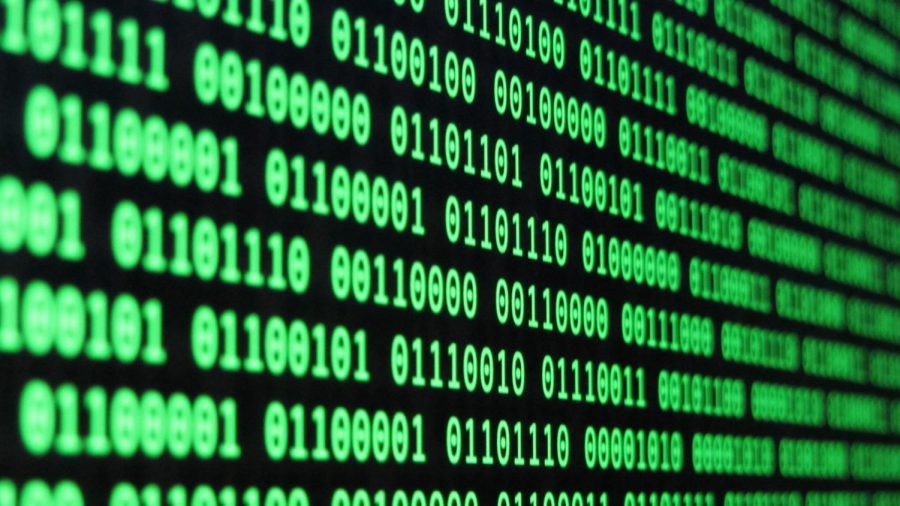Binary, or should I say, 01100010 01101001 01101110 01100001 01110010 01111001, is crucial in modern life. You use it in your games, your work, and your school. But how does binary do math?
Binary is the simplest form of code that computers can process. It also takes up the least amount of space, making it a compact, easy to process form of code. Binary devices are the easiest to build.
Binary math is much like decimal math, in that it has multiplication, and addition. In decimal, the maximum single digit you can have is 9. In binary, the maximum single digit number you can have is 1. If you have something like 1+1, you do the same thing you would do in decimal math if you had 9+1: Mark it as 0, and carry the 1. Using this information, 1+1 in binary would look like this: 1+1=10. Each bit in binary represents a different power of two, from right to left. So 11010 would equal 26, because the first digit (far right) represents 20 (1), the second digit represents 21 (2), the third 22 (4), and so on.

Modern life relies heavily on the usage of binary for things such as games, smart tvs, and other assorted electronics. Most modern day luxuries would not exist without binary.






